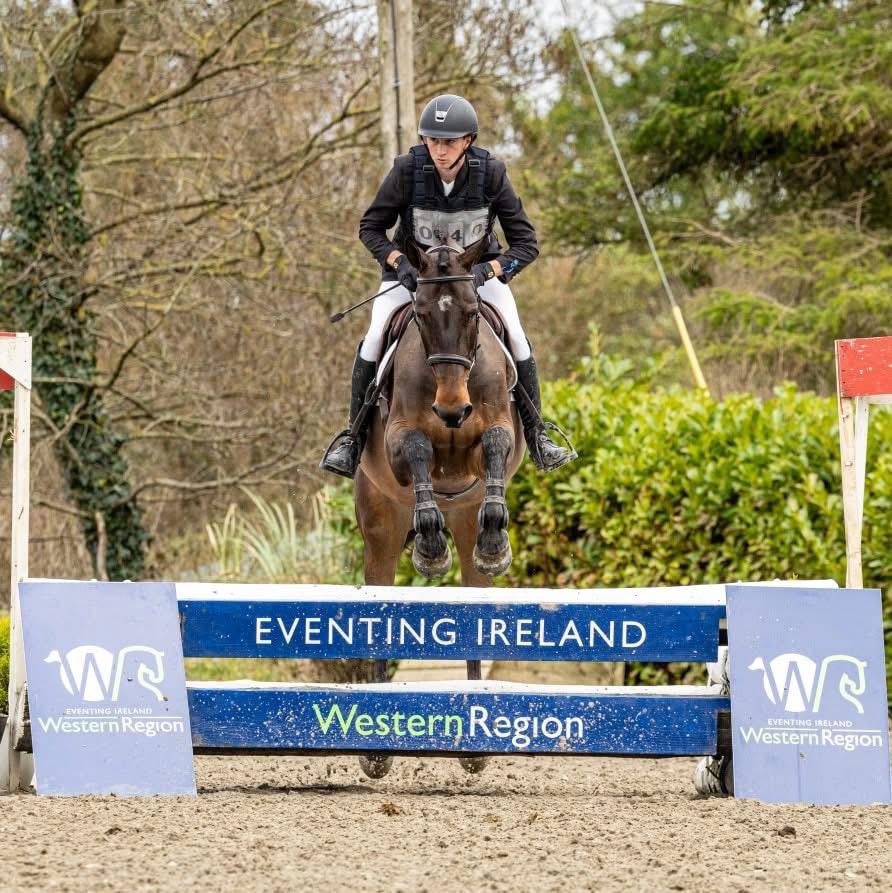
Recently there was a lot of chat about a penalty for a run-out by Alison Springer at Galway. I wasn’t there, nor have I spoken with anyone there but I thought it may be worthwhile explaining what generally happens in a situation like this when the CD, TD, and GJ are all involved in a situation.
For the sake of clarity I will comment only on what happens at an FEI event as opposed to a USEA/USEF event, although they are similar, there will be some differences.
Let’s start with some descriptions of the roles and what that means to you as a rider.
CD – Course Designer
Self explanatory in many ways. The designer usually has a long term relationship with a course and will design a track and course (usually 3 or 4 classes, sometimes more). The CD will invest months of time, working with the committee (and their budget) and the course builder. Some CDs will do some or all of the building themselves, others wont lift a hammer or chainsaw and will work with and rely on the course builder to create their vision.
The CD has a very specific challenge. Firstly, where in the season does the competition lie? If it is early the course may be a little softer than say mid or late season.
Next they have a budget, no event can afford for a CD to build a course without worrying about money, let alone build a 1, 2 and 3 star track without a budget? Could you imagine entering a competition with entry fees say $1,500 or $2,000 per horse?
The CD must design a course that is up to specification for each class, height, width, intensity, distance and with appropriate tests.
Appropriate is important, for instance you do not build a 4 star Rolex style combination for 1 star at the smaller height/width specification. They are completely different tests. 1 star is about educating the horse and rider, building teamwork, trust and confidence. Not great for confidence if say you design a 9 foot bounce into water with a skinny on a turn to narrow triple brush at 1 star level? Sounds to me like at least 3 star maybe 4.
The overarching principle for the designer is also to ensure that the course is as safe as possible. That doesn’t just mean using frangible fences. It includes ensuring the track follows a safe path, minimizing interaction between horses, pedestrians, trees or other obstacles and vehicles of course.
It also means: are the footings on take off and landings suitable? Is each fence in the right spot, sometimes moving a fence as little as a foot, up or down a hill makes a huge difference to safety. Is the footing and camber of the track dangerous? These are all questions the CD will ask themselves and answer, well before the rest of the team arrive on course.
TD – Technical Delegate
This is what I do. The TD has two key priorities at an event – Safety and Fairness.
Sounds simple but how does it work?
A TD will always visit a course 6-8 weeks before an event, if the TD is from overseas then perhaps one of the local TDs involved in the competition may do the pre-event inspection. In the USA you also have an inspection by one of a small group of Course Designers who do a Peer Review of the design usually in conjunction with one of the TD’s at the Event. The inspecting CD will make recommendations and copies go off to a variety of people including the Committee, CD, TD’s and the USEA/USEF.
Notice how I mentioned TD’s, most FEI events would have 2-3 TDs, we divide up the workload by classes but we work as a team.
Teamwork is one of the most critical skills for a TD, we represent the FEI, but must work closely with all parties. This includes; committee, CD, Ground Jury (GJ), vets, emergency services, riders, sponsors and just about everybody else who is working at or involved in an event.
The TD is both the glue and the meat. We are usually the face that riders see and so when the proverbial hits the fan, it is also our fault or at least we get the blame.
Usually the TDs will arrive the weekend before the event, yes 4 or 5 days before the start of competition. For those first few days our job is to get to know the venue, XC courses and logistics back to front. Ensure the XC course is up to standard, safe and appropriate.
During the Competition, the TD actually hands over control to the Ground Jury, who are responsible from the Official Inspection, usually the day before dressage until the completion of the event. The TD works a conduit between all parties and an adviser to the GJ. I will come back to this.

Finally the Ground Jury (GJ)
Usually there are two or three people in a GJ with one of them nominated as the President. The GJ are the dressage judges, and are ultimately responsible for all phases and aspects of the sporting competition. In most cases the GJ will delegate responsibility for Jumping (Stadium) judging to a specialist judge.
The GJ are the people you will see at the Jog, will be sitting in the cars during dressage and the President will be in XC Control while the GJ members will be out and about on the XC course watching out.
So lets go back to a run-out on XC.
Usually what happens is the rider knows they had some sort of issue and will go looking for the scores. When they see the dreaded 20 penalties, they will be upset, go and see the Secretary (who is always number one in the firing line for upset riders and parents).
A word on Event Secretaries for a moment.
At EVERY event in the world, baby classes to four star, the Secretary is GOD. Don’t believe me, go and upset one, make them really upset. Then go wondering why you are first horse on dressage, missed off draws or other mysterious issues happen in the future.
All Event Secretaries love a smile, know when you are feeding them BS and appreciate it when you say thank you. Be nice to them.
Hopefully the GJ and TDs are onto the fact that something interesting happened during XC and have been straight over to the fence judge, talked to witnesses and looked around to see if anybody caught it on video (this happens more often than you would think). Fresh minds make the process much easier.
Events will often operate a less formal query system for rider queries, this is great as a filter for the more formal process. Sometimes after 5 minutes of investigation by the TD they will find a transcription error in scores, wrong number recorded on the jump sheet and this can just be corrected without starting the formal process. I love these ones, usually everybody walks away happy, unfortunately it doesn’t always work like that.
So the rider lodges a formal protest, pays the local equivalent of 50 Swiss Francs to the Event Secretary and fills out a form explaining their version of events. This comes to the TD who then informs the President of the GJ that a protest has been lodged. The TD will then set about the task of investigating the incident, talk to the fence judge and others who may have seen it occur.

Please note, this is usually at the end of a very long day of XC, most riders are now relaxing with a cold ale. The TD can gather any evidence available. This is critical for riders to know. If you know someone who videoed it, bring it with you, it makes everyone’s life easier.
So the TD investigates, there is no film, no other witnesses, no unusual hoof prints in the ground, just the fence judge and the rider.
Unfortunately for the rider this is the worst possible situation. The fence judge has watched every single other horse jump the fence in question. No-one else has. In these cases, the TD and GJ will 90% of the time favor the fence judge. Is this fair? Yes, remember every other rider has been through that fence, the fence judge has seen that.
Is it upsetting to the rider, absolutely, usually by this time we start to hear language worthy of a drunken sailor. COTH Forums will start going off, and people will be upset.
I know it doesn’t seem right to be trusting the word of a sometimes volunteer, over you, the worthy rider who does this every week. Perhaps you need to take a weekend off competing and pencil on dressage day, and fence judge on XC day and see what it’s like to sit outside in the elements all day watching 300 odd horses jump your fence and then feel the rage of one rider at the end of your long and weary day.
Hopefully you wont feel the rage of a rider, but XC Fence Judging can be a boring, hot, cold, wet, freezing and unpleasant experience. It can also be exhilarating, if you haven’t done it recently, time for a reality check and volunteer at one of your local events.




















